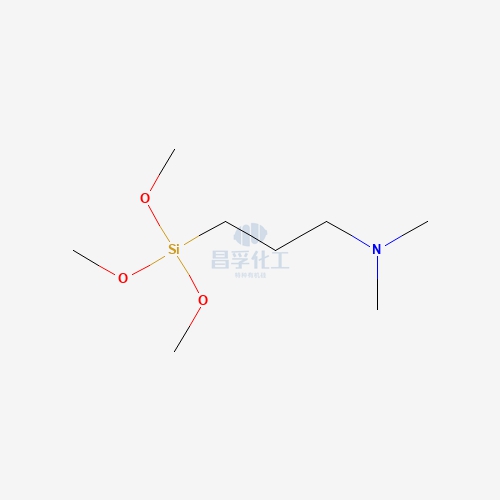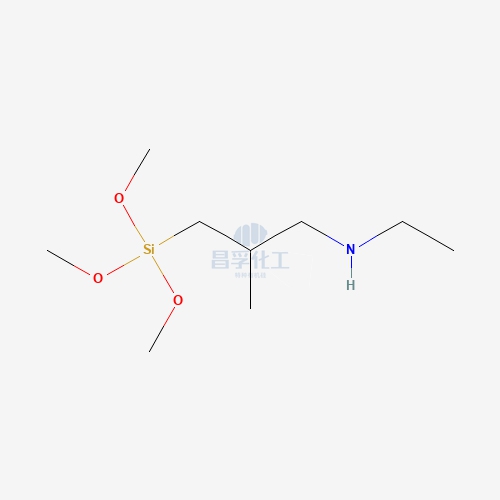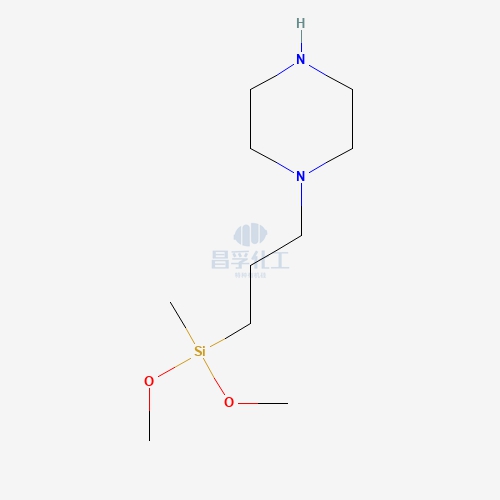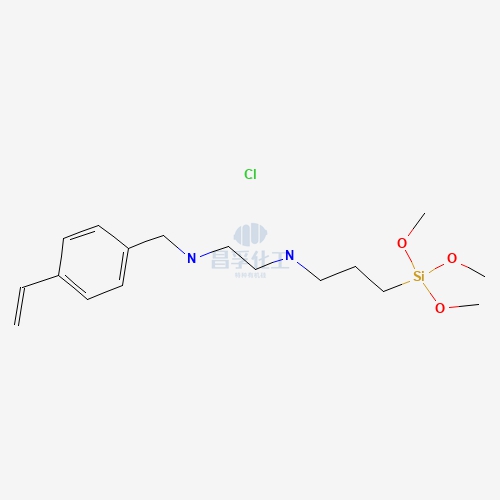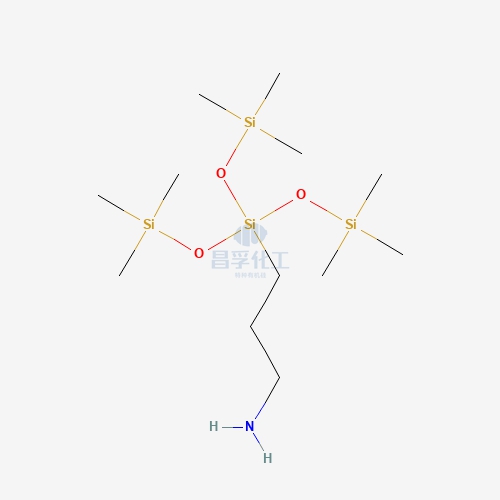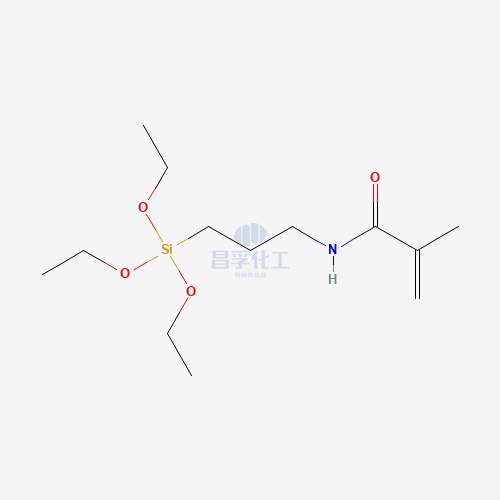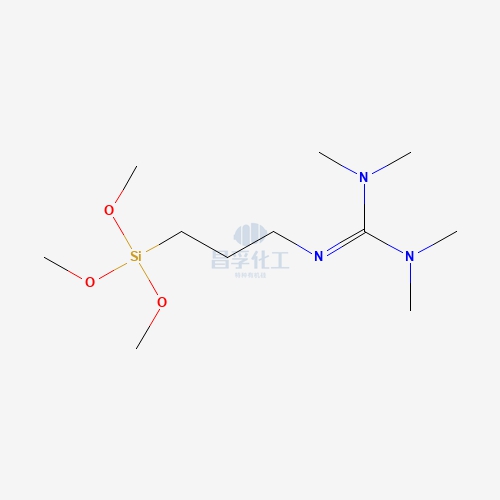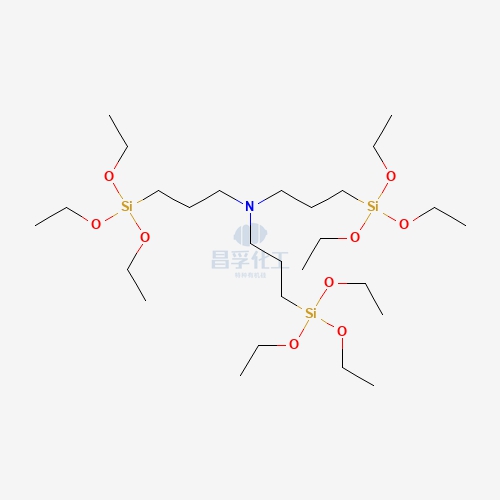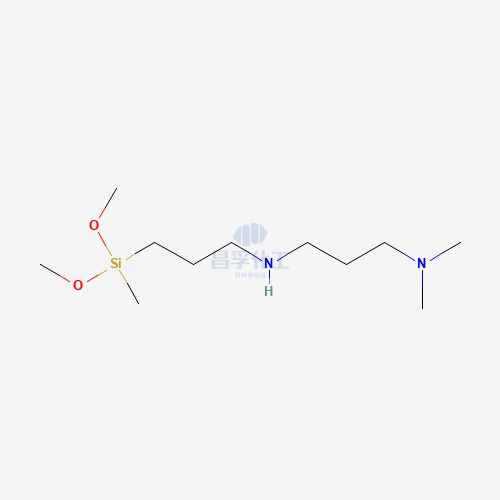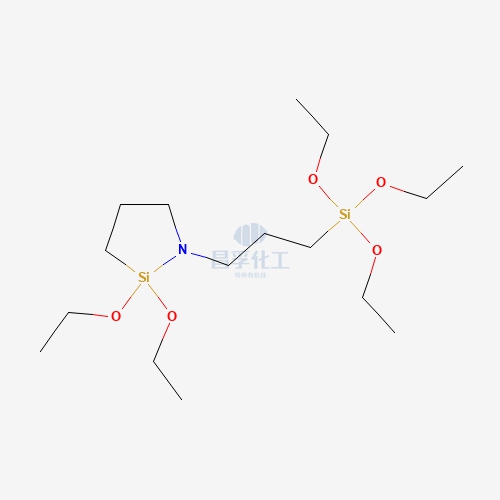
Contact Changfu Chemical Now!
+86 27 8439 6550 | +86 181 6277 0058
Silanes vs Siloxanes vs Silicone Polymers: What's the Difference?
In the world of advanced materials, silicon-based compounds play a pivotal role due to their unique properties and versatility. Among these, silanes, siloxanes, and silicone polymers are three major categories that often come up in industrial and scientific discussions. While they share a common silicon base, their structures, properties, and applications differ significantly. This article explores these differences, providing a clear understanding of each compound's unique attributes and uses.
Silanes: The Versatile Coupling Agents
Definition and Structure
Silanes are simple silicon-based compounds with the general formula R-SiX3, where R is an organic group, and X is a hydrolyzable group such as chlorine, methoxy, or ethoxy. The versatility of silanes arises from the variety of organic groups (R) and hydrolyzable groups (X) that can be attached to the silicon atom.
Properties and Applications
Silanes applications are primarily used as coupling agents, which means they help bond organic and inorganic materials. This bonding capability is crucial in enhancing the adhesion between different materials, such as glass fibers and polymer matrices in composites.
Key applications include:
- Surface Modification: Silanes can modify the surface properties of materials to improve adhesion, wettability, and compatibility.
- Adhesion Promoters: In paints, coatings, and sealants, silanes enhance adhesion to surfaces like glass, metal, and ceramics.
- Crosslinking Agents: They are used in the production of crosslinked silicone rubbers and resins, which find applications in automotive and aerospace industries.

Siloxanes: The Backbone of Silicone Chemistry
Definition and Structure
Siloxanes are silicon-oxygen compounds characterized by repeating Si-O-Si units. These can form linear, cyclic, or network structures, with organic groups attached to the silicon atoms. The simplest siloxanes are cyclic structures known as cyclomethicones.
Properties and Applications
Siloxanes are renowned for their flexibility, thermal stability, and low surface tension. These properties make them invaluable in various industrial and consumer products.
Key applications include:
- Lubricants and Greases: Siloxanes' low surface tension and stability make them ideal for high-performance lubricants.
- Personal Care Products: They are widely used in cosmetics and skin care products for their smooth feel and non-greasy properties.
- Antifoaming Agents: In industrial processes, siloxanes effectively reduce foam formation.
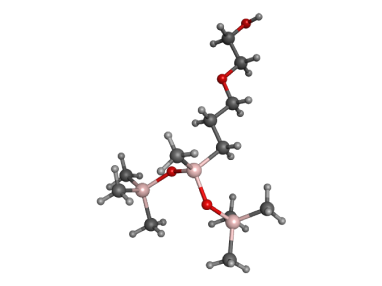
Silicone Polymers: The Engineered Polymers
Definition and Structure
Silicone polymers are large, chain-like molecules composed of repeating siloxane (Si-O) units with organic side groups. Their general formula is [R2SiO]n, where R can be methyl, ethyl, phenyl, or other organic groups.
Properties and Applications
Silicone polymers are known for their excellent thermal stability, electrical insulation properties, and flexibility. These properties make them highly suitable for demanding applications across various industries.
Key applications include:
- Elastomers (Silicone Rubber): Used in automotive, electronics, and medical devices for their durability and flexibility.
- Resins and Gels: Employed in coatings, adhesives, and encapsulants, providing protective barriers in harsh environments.
- Medical Applications: Due to their biocompatibility, silicone polymers are used in medical implants, prosthetics, and tubing.
Conclusion
While silanes, siloxanes, and silicone polymers share a silicon-based foundation, their differences in structure and function lead to distinct applications. Silanes act as versatile coupling agents, enhancing adhesion and compatibility between materials. Siloxanes serve as the flexible backbone in many industrial applications, from lubricants to personal care products. Silicone polymers, with their engineered versatility, meet the demands of high-performance applications in diverse fields such as automotive, electronics, and healthcare.
Understanding these differences not only highlights the unique attributes of each compound but also underscores the broad utility of silicon-based chemistry in modern technology and industry.
Popular Silicon Compounds
Popular Silicon Compounds
Related News & Blog
Related News & Blog


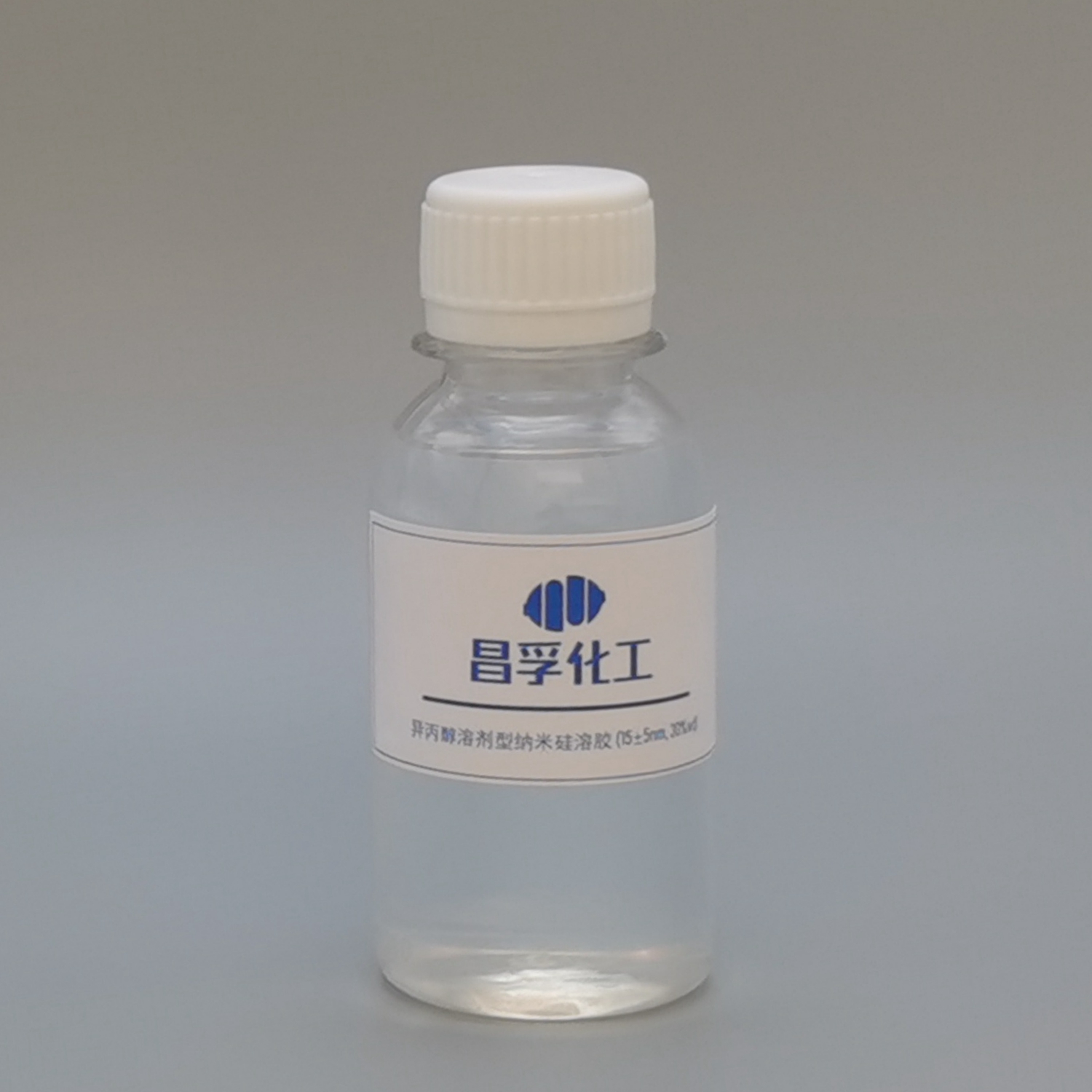
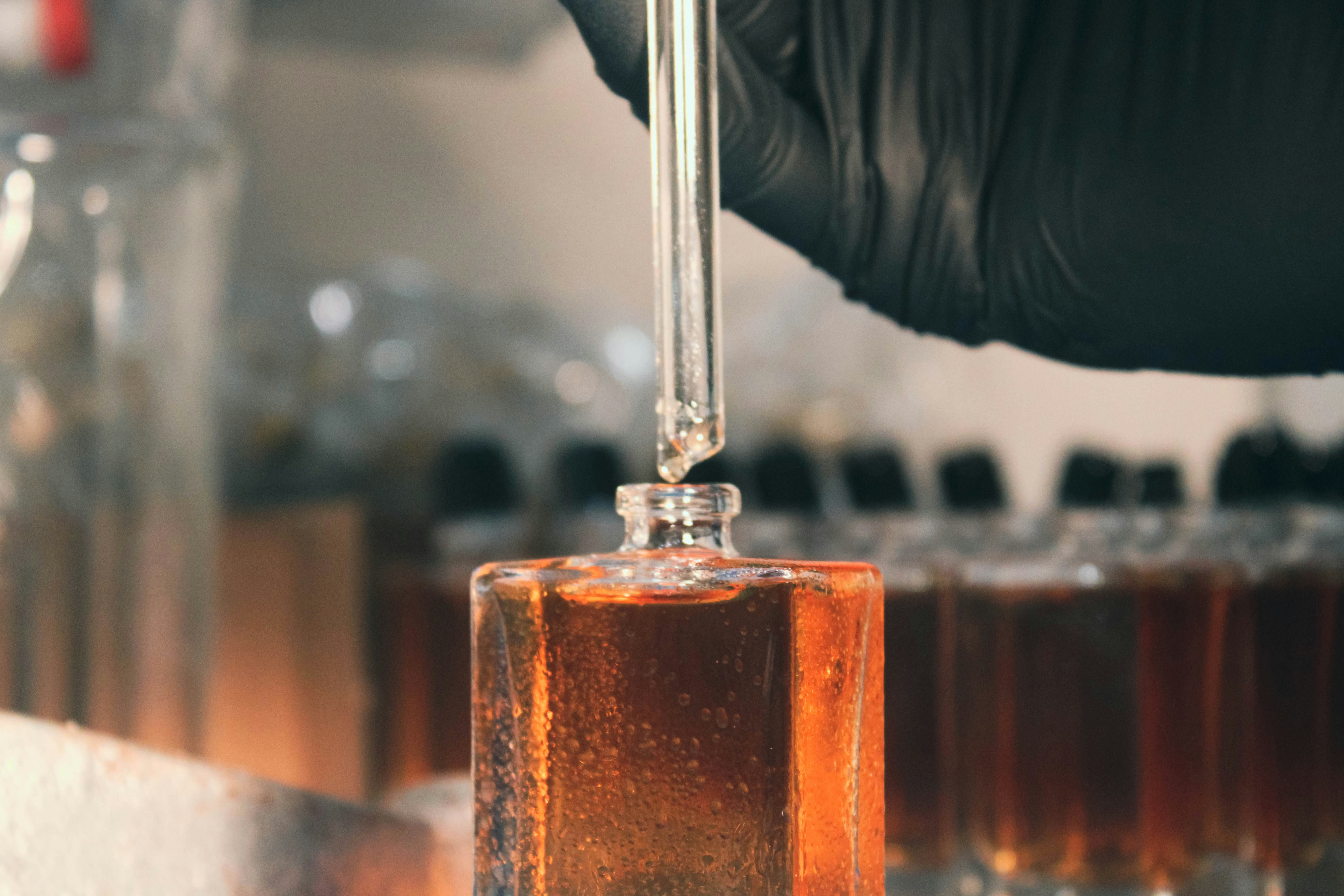
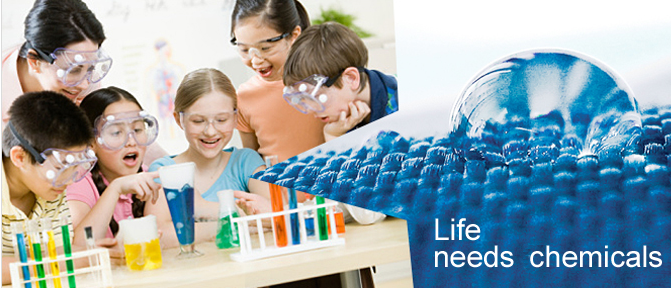
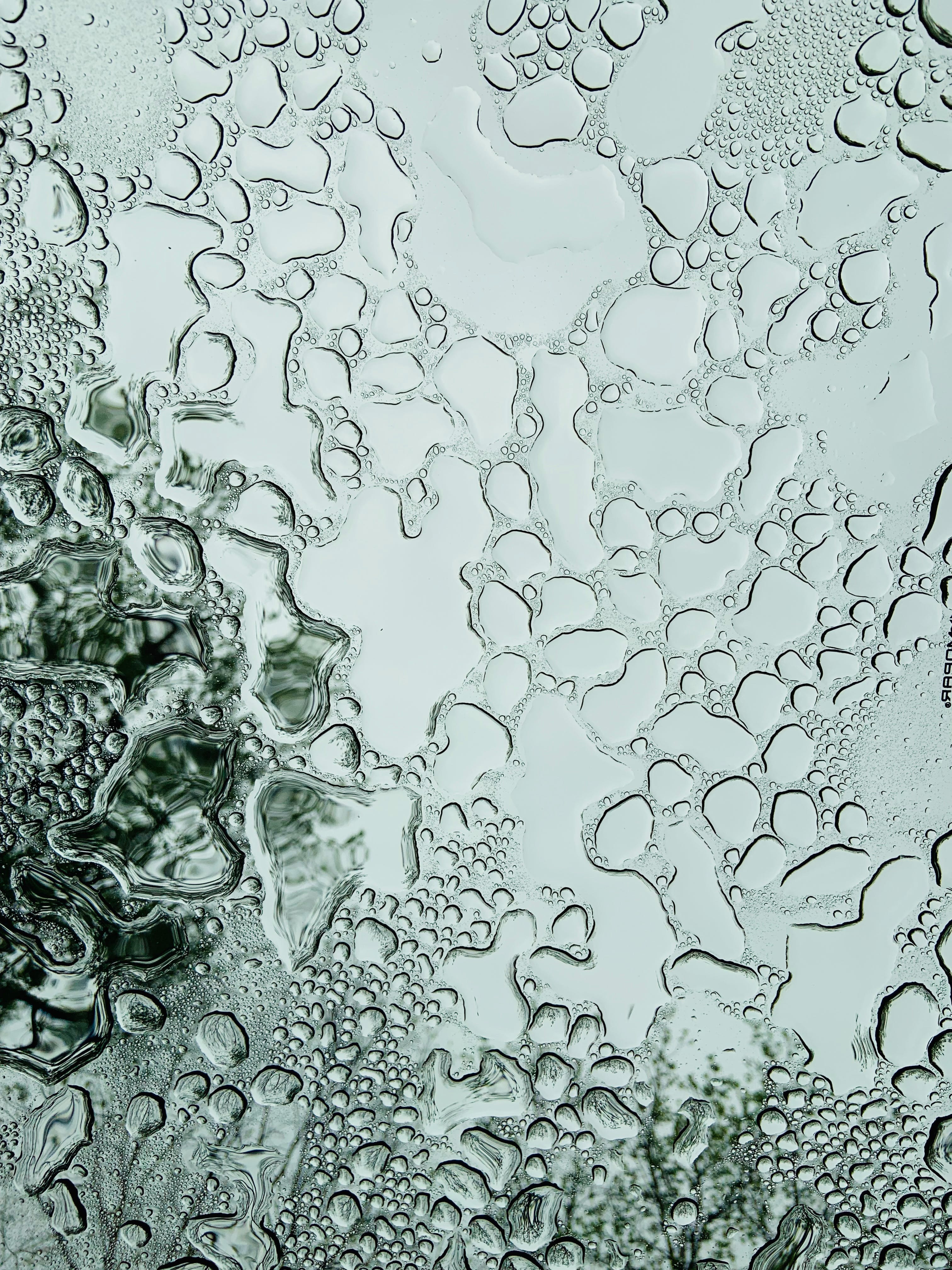





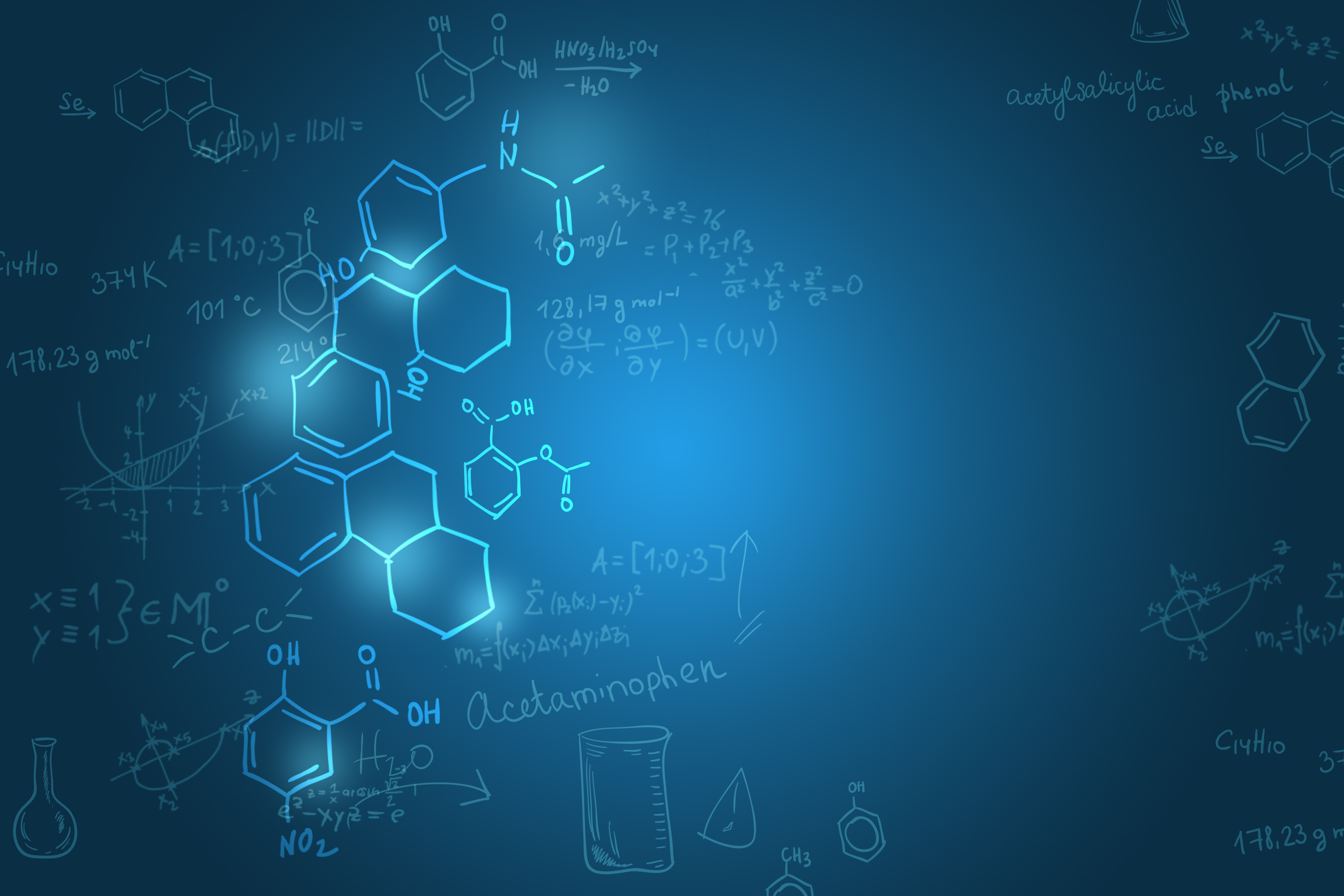
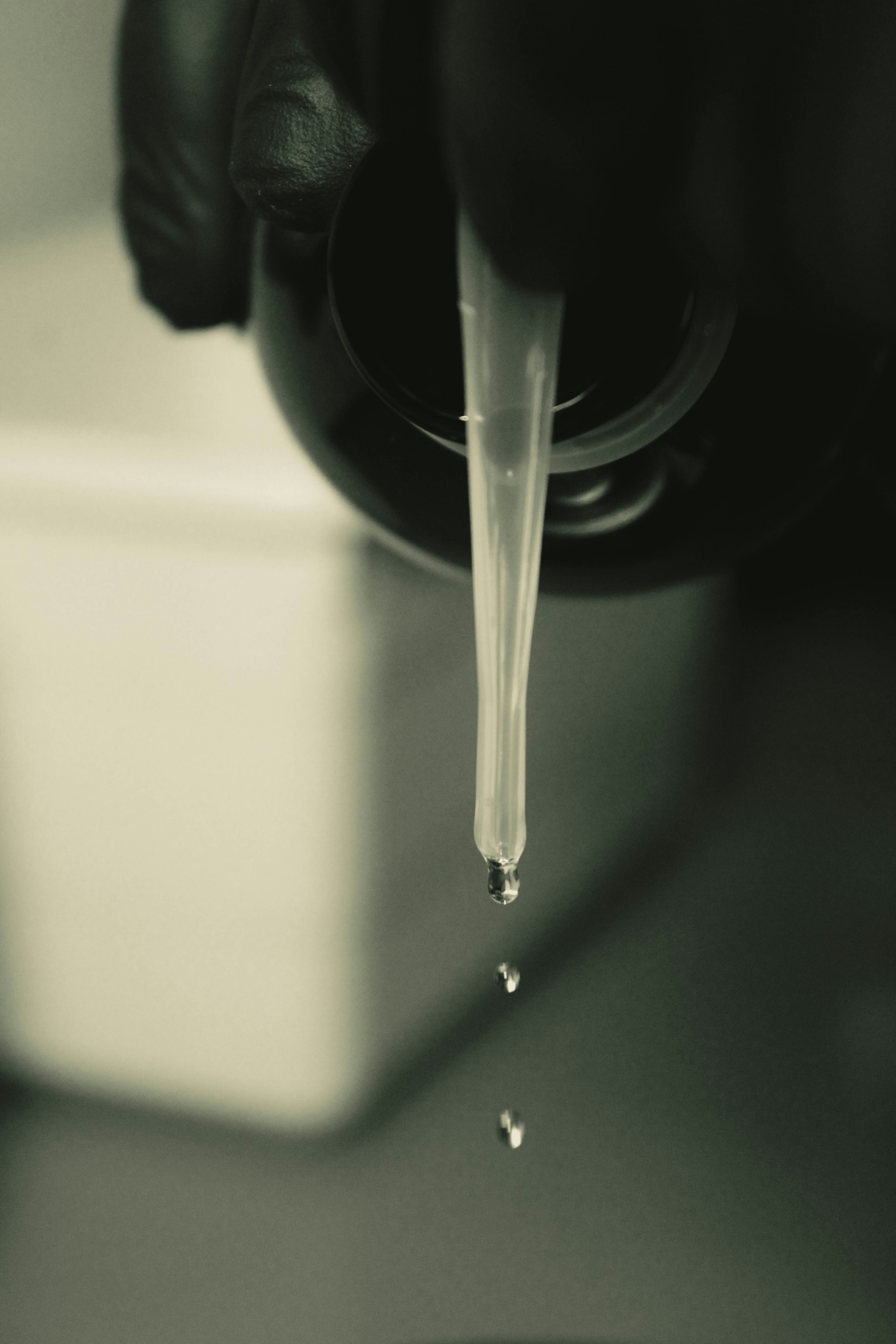
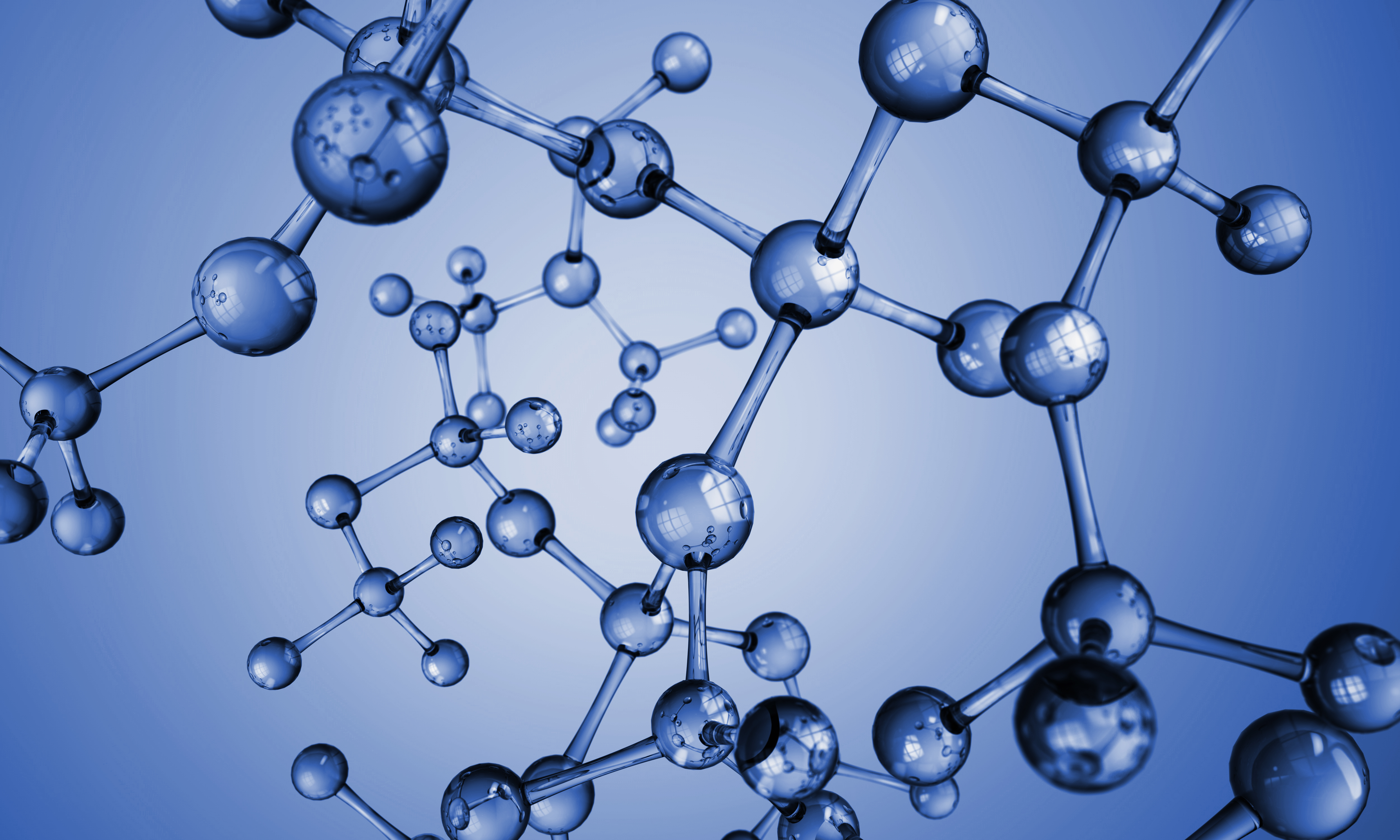










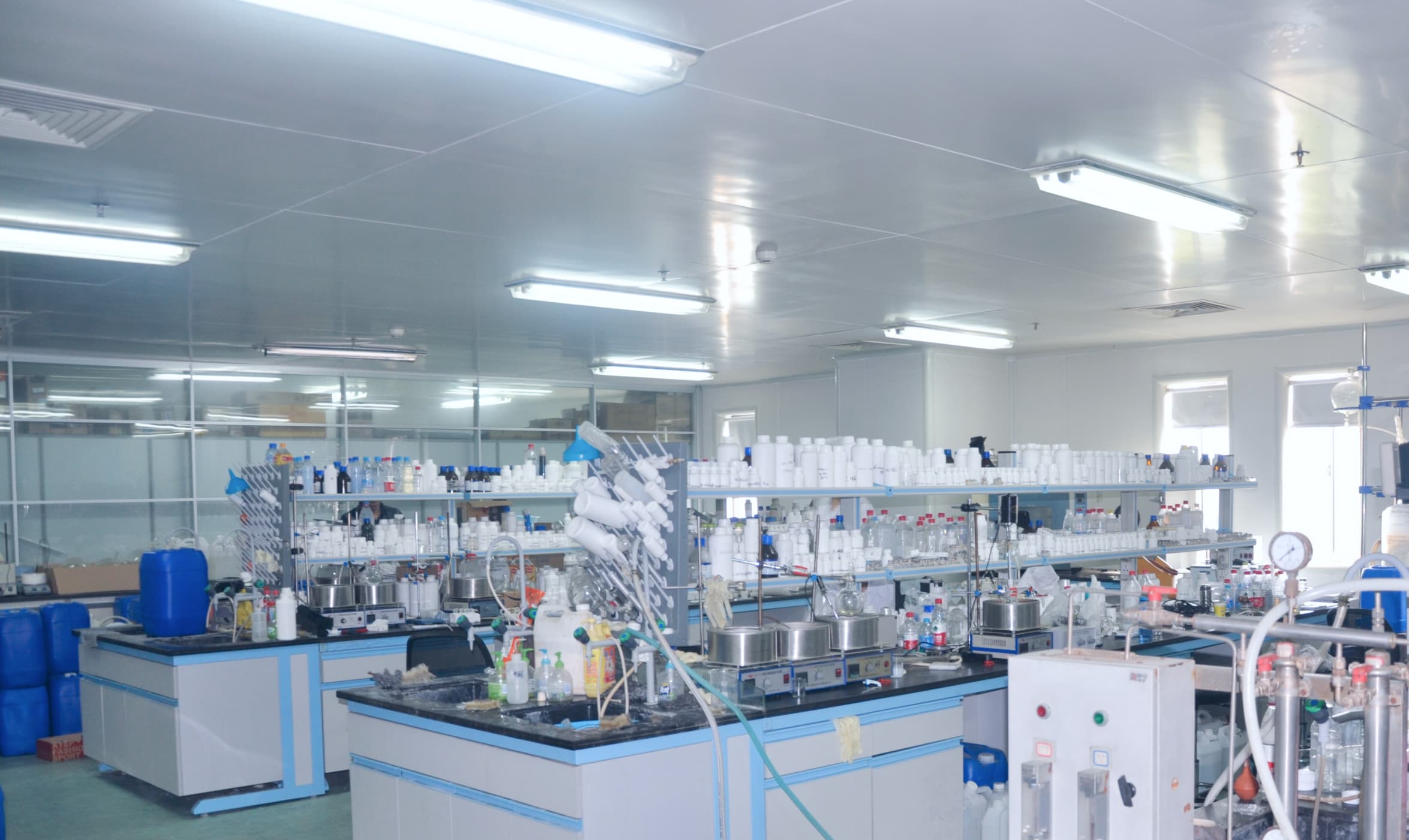


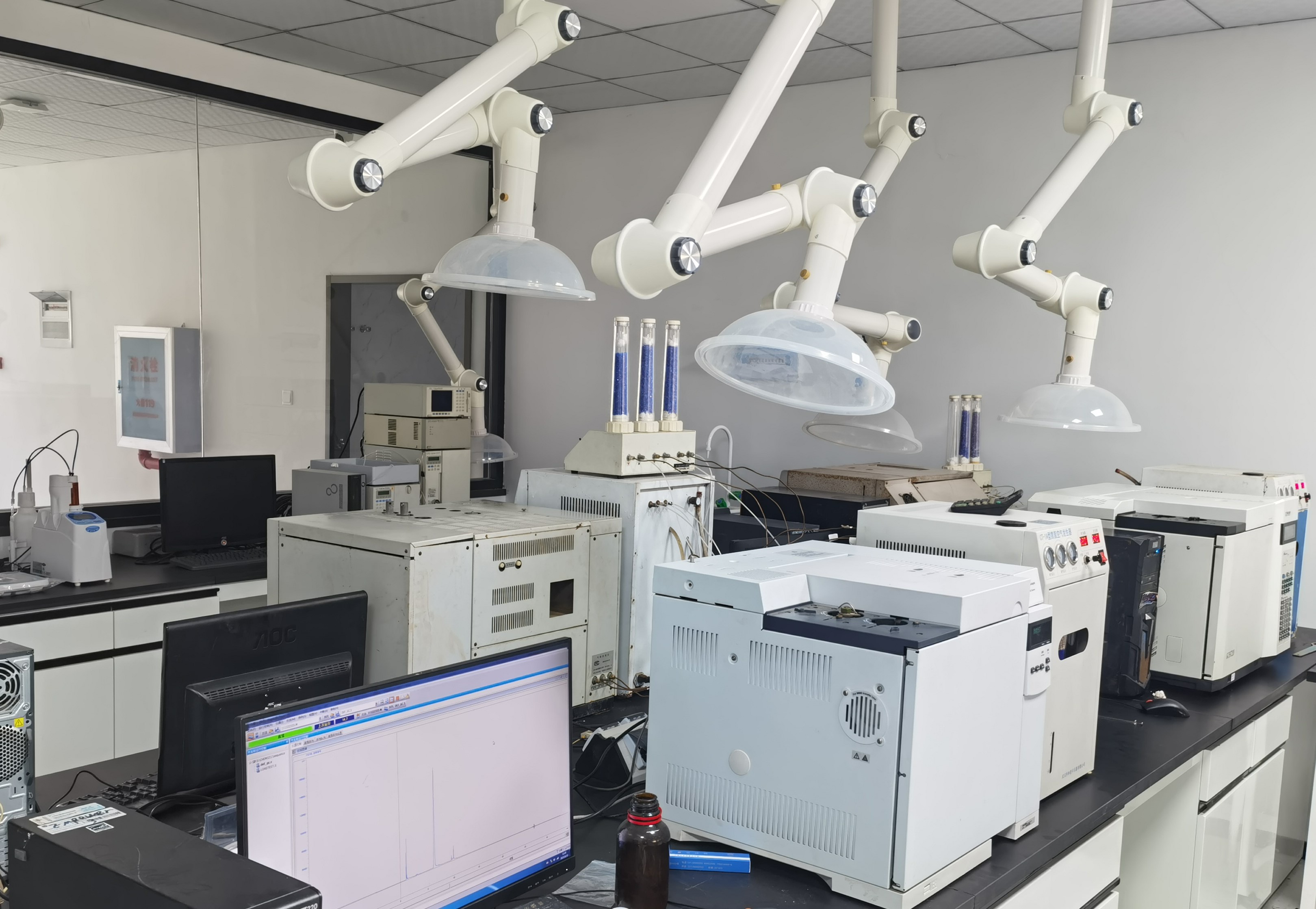
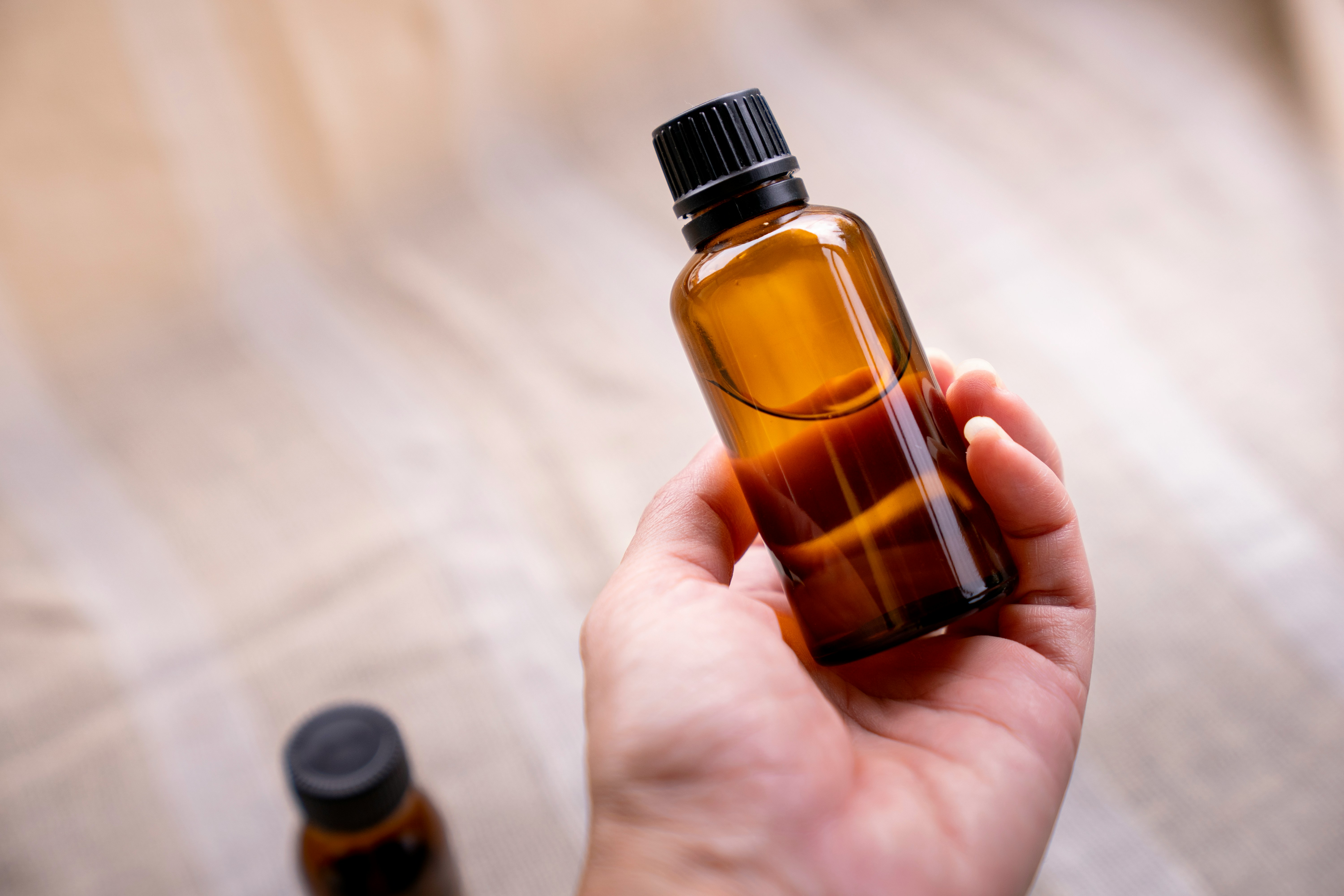
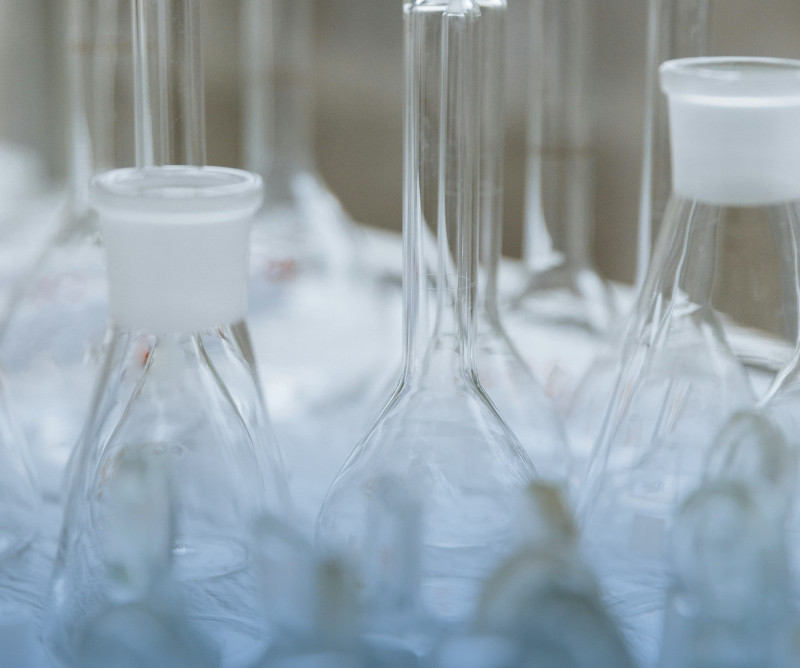

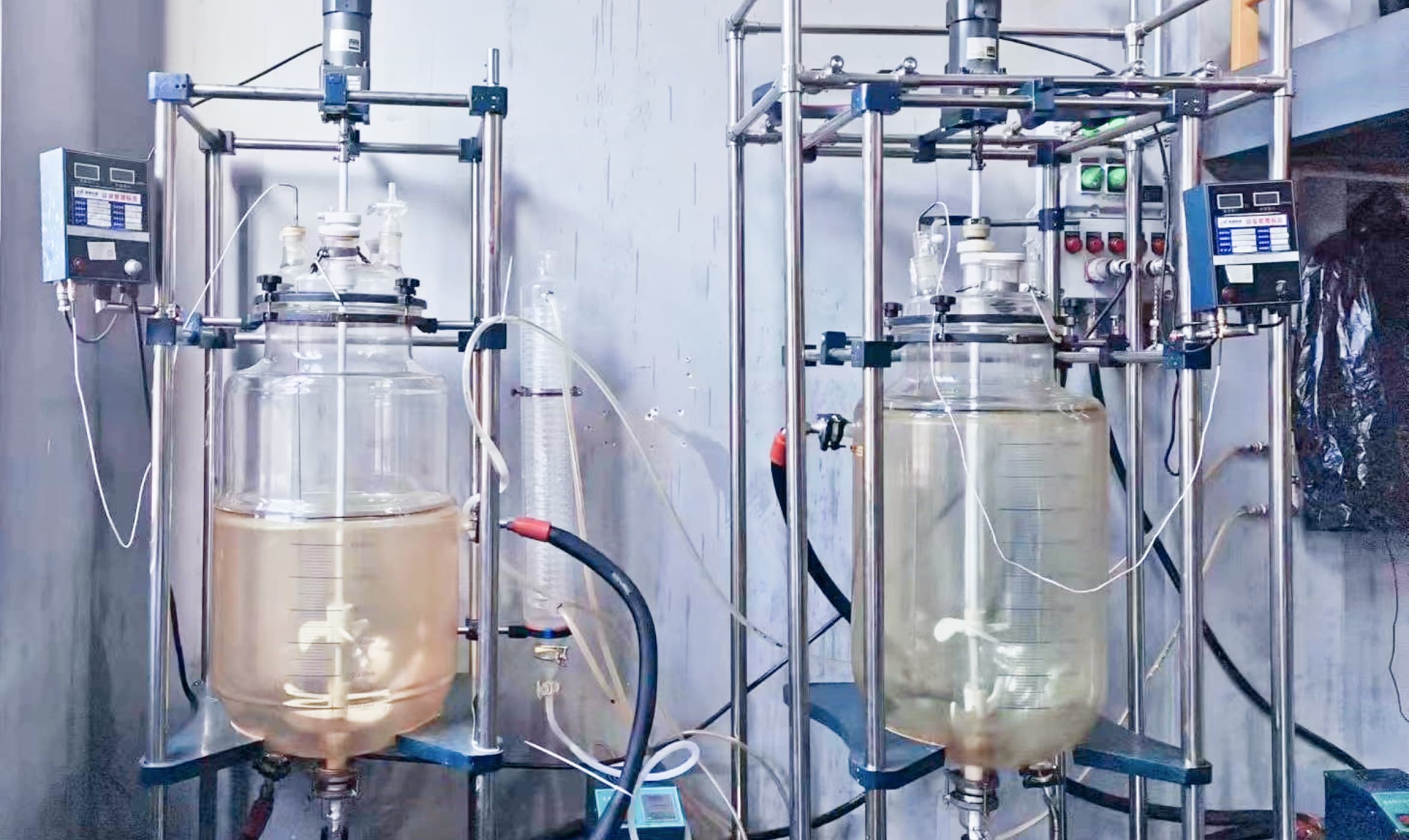
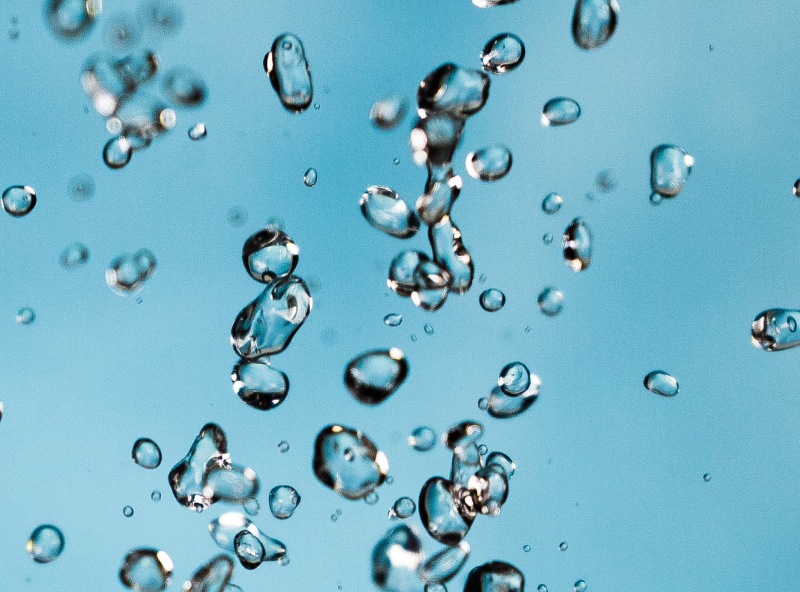


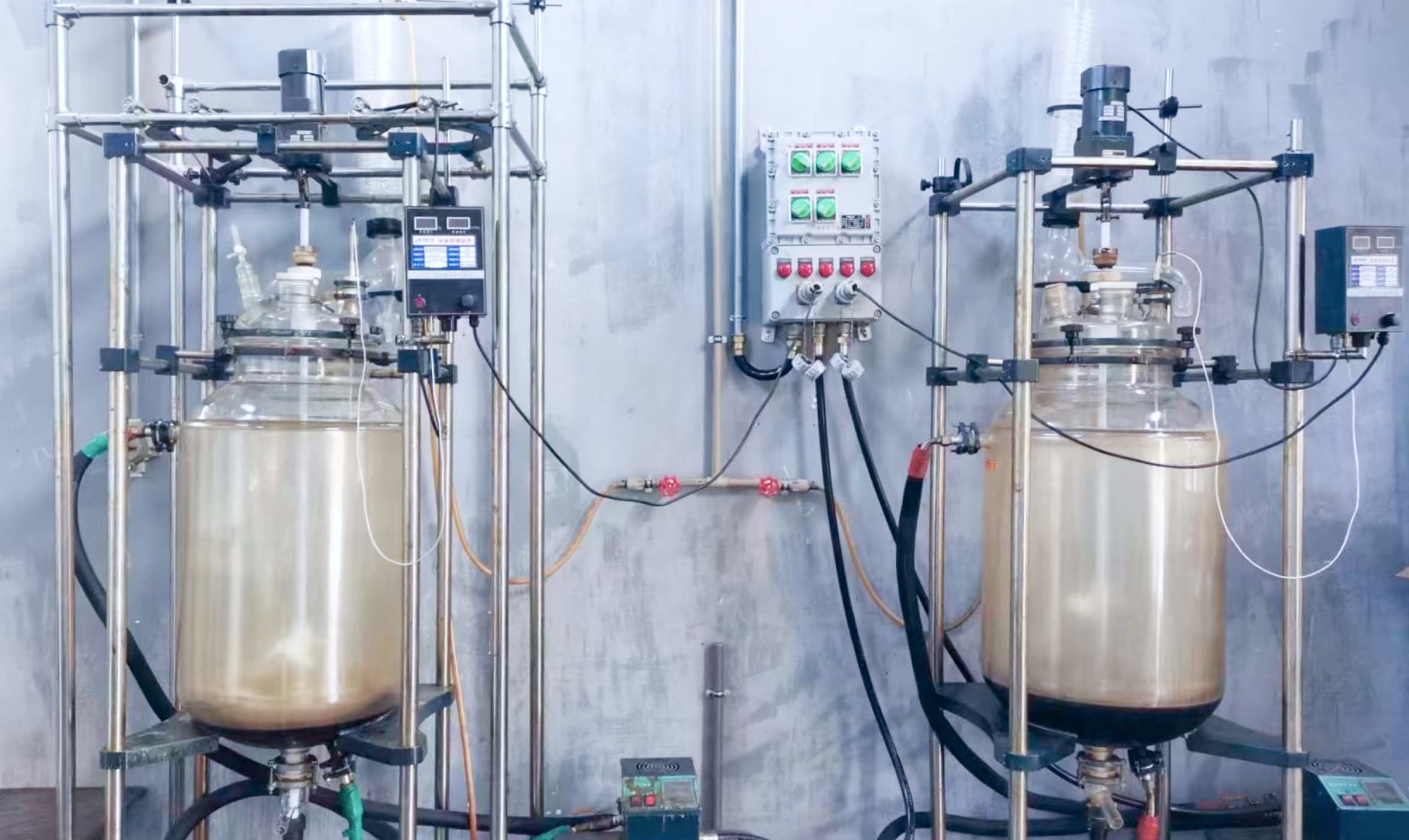
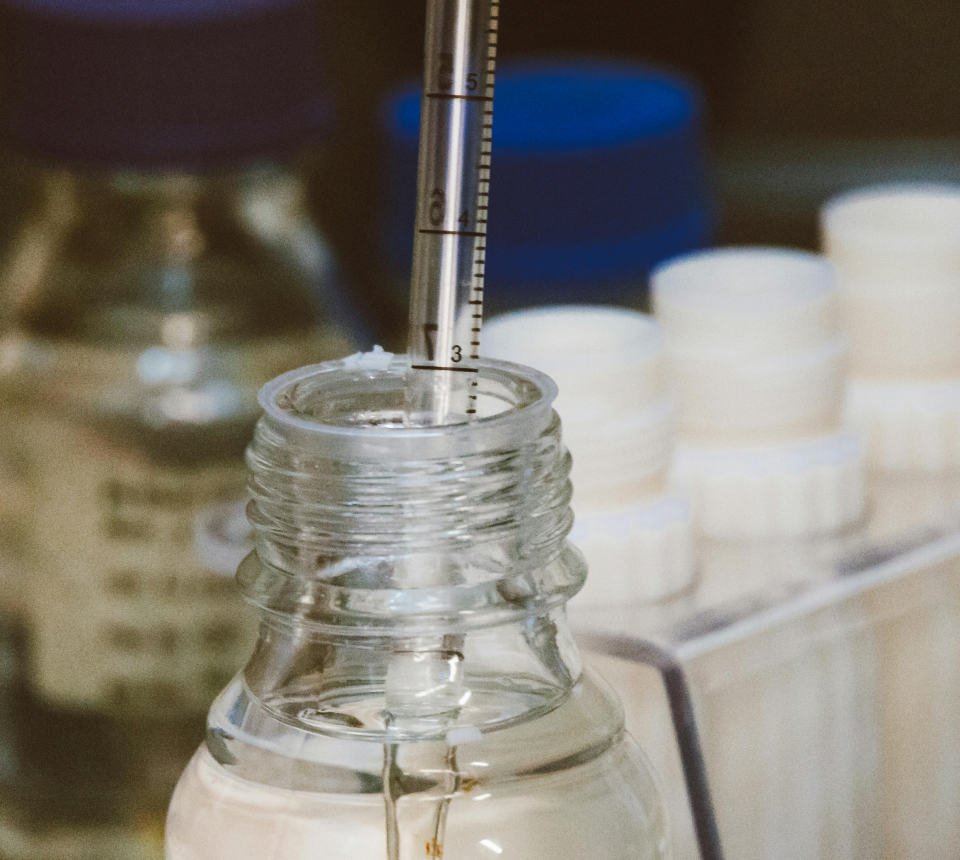


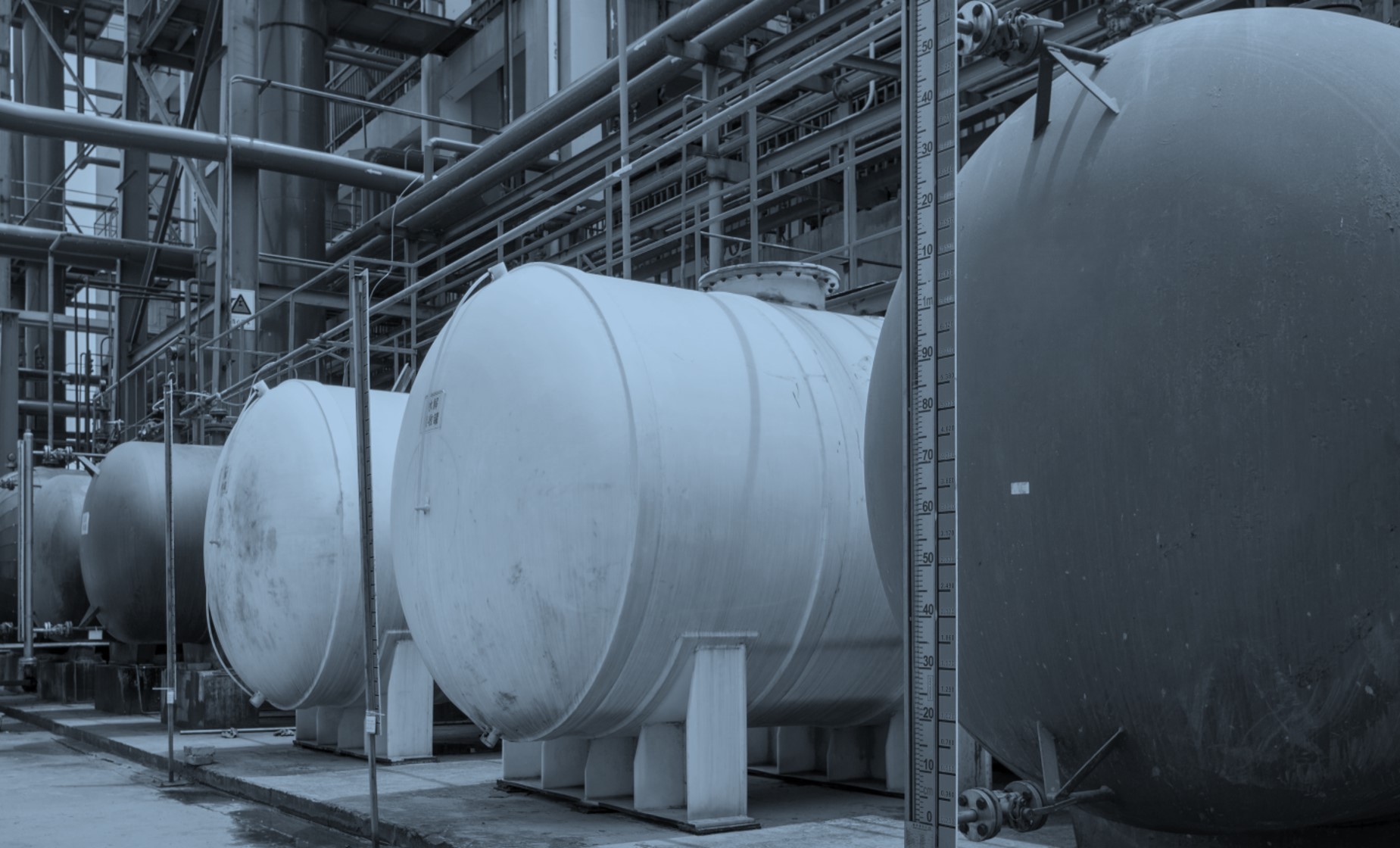


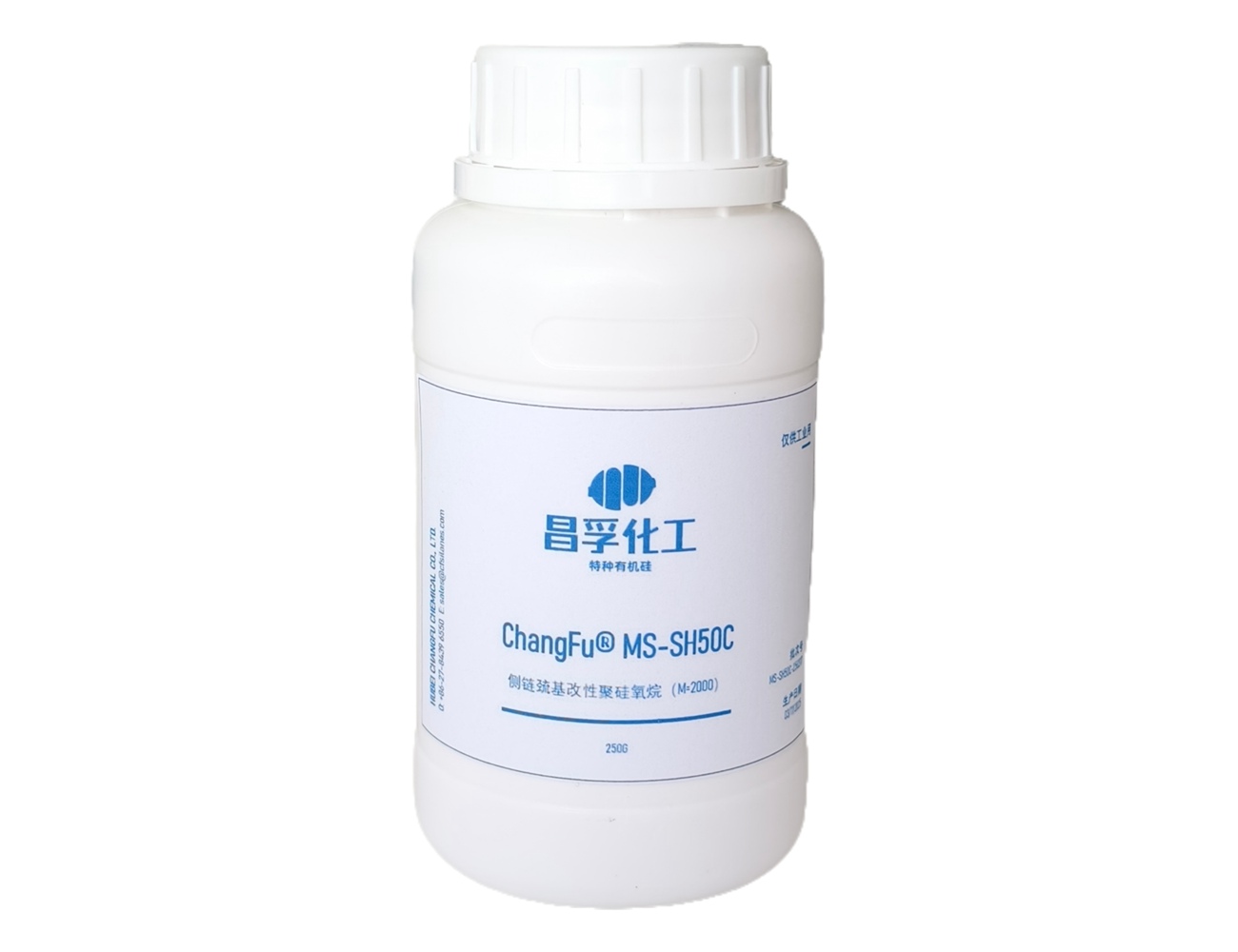



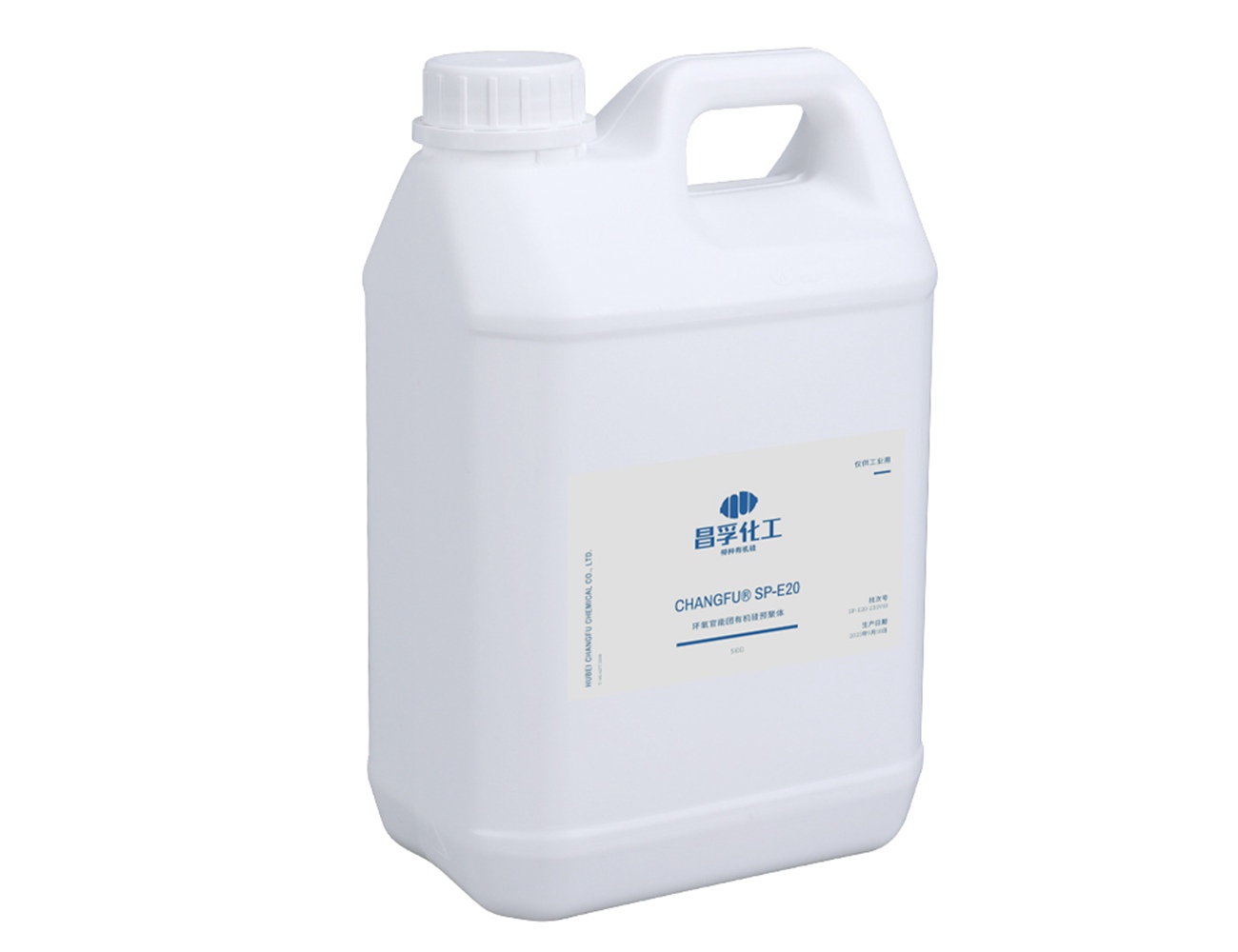
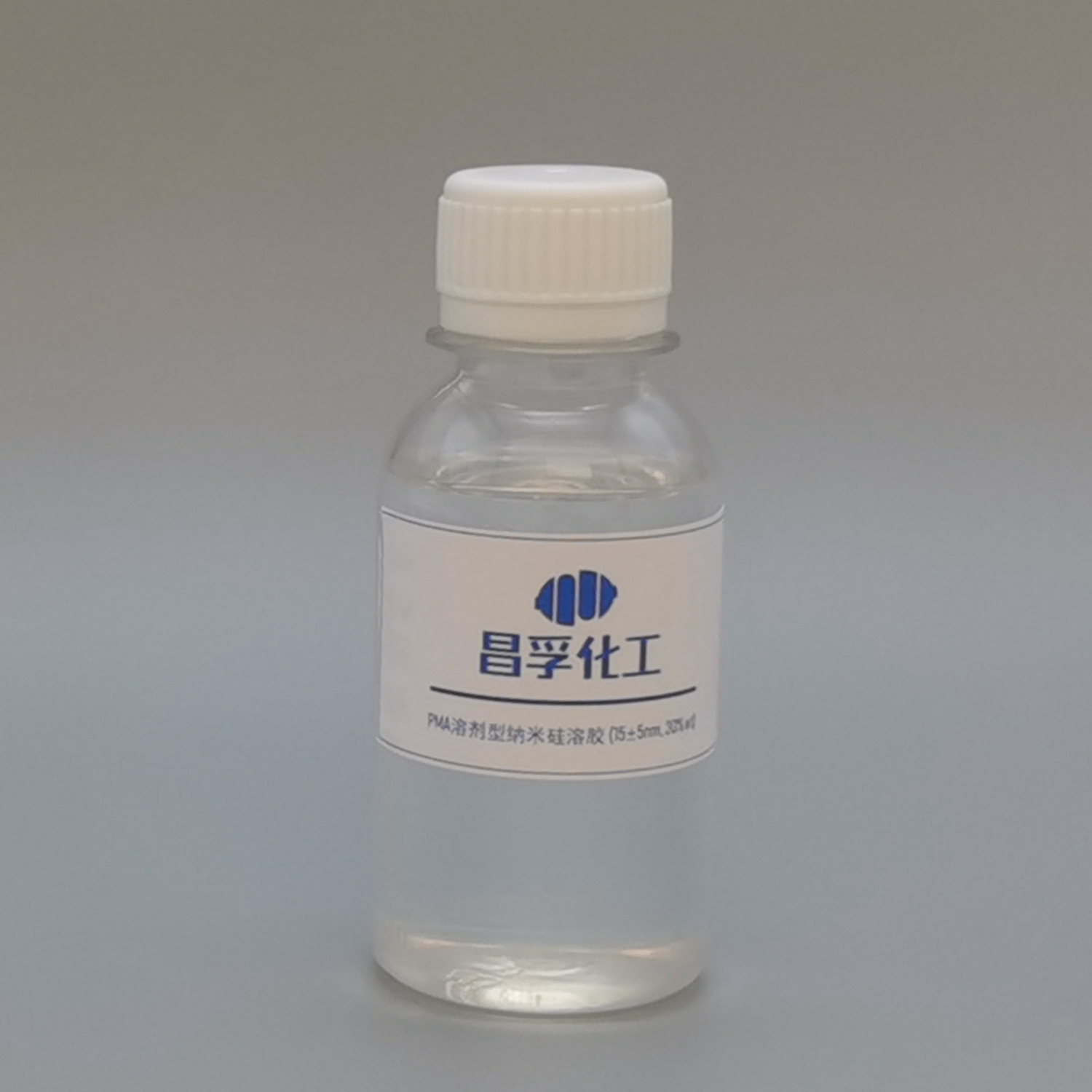
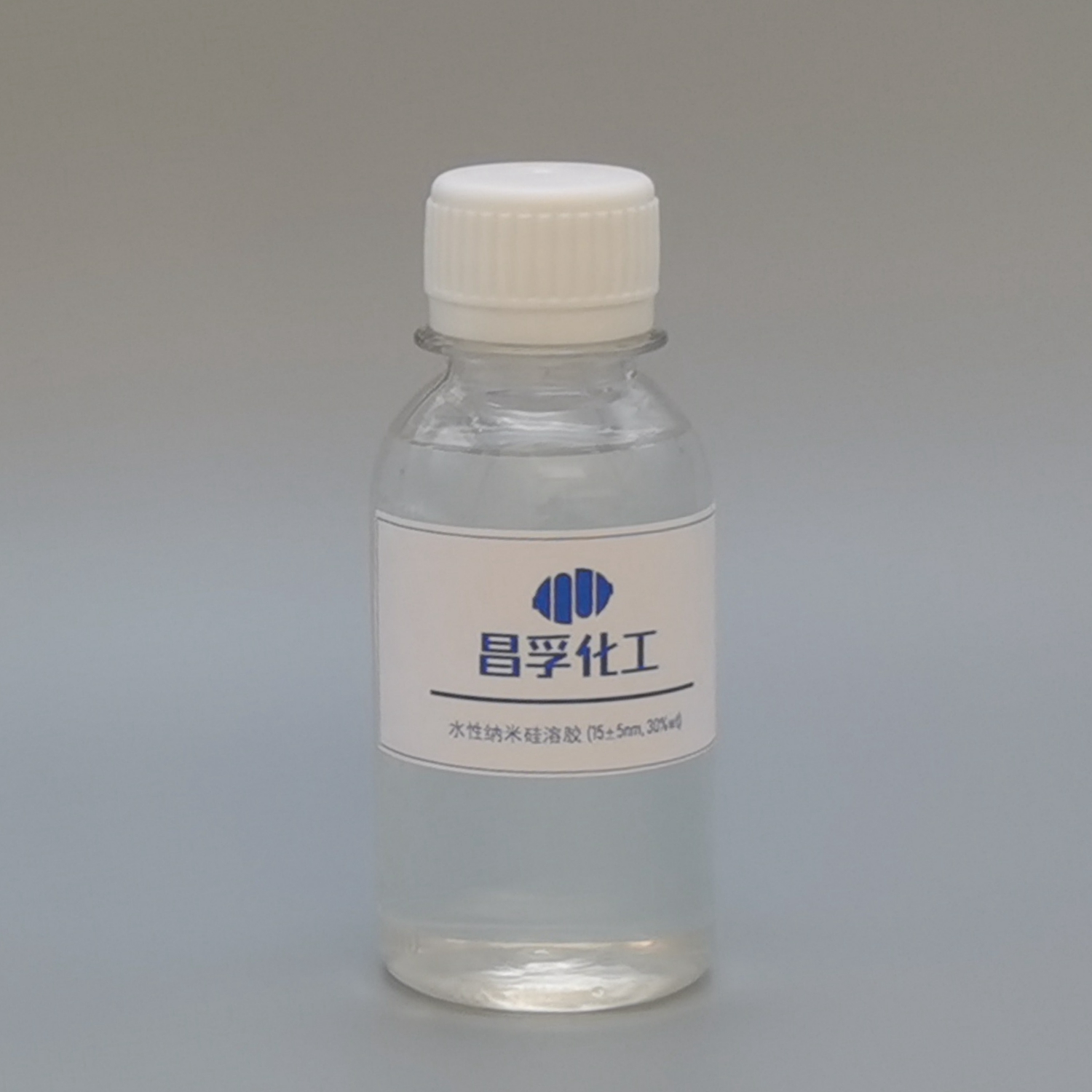

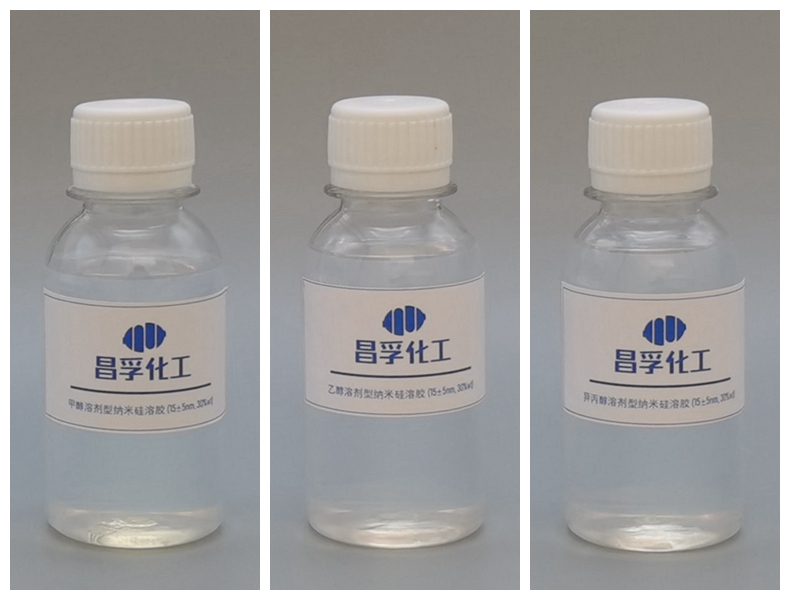
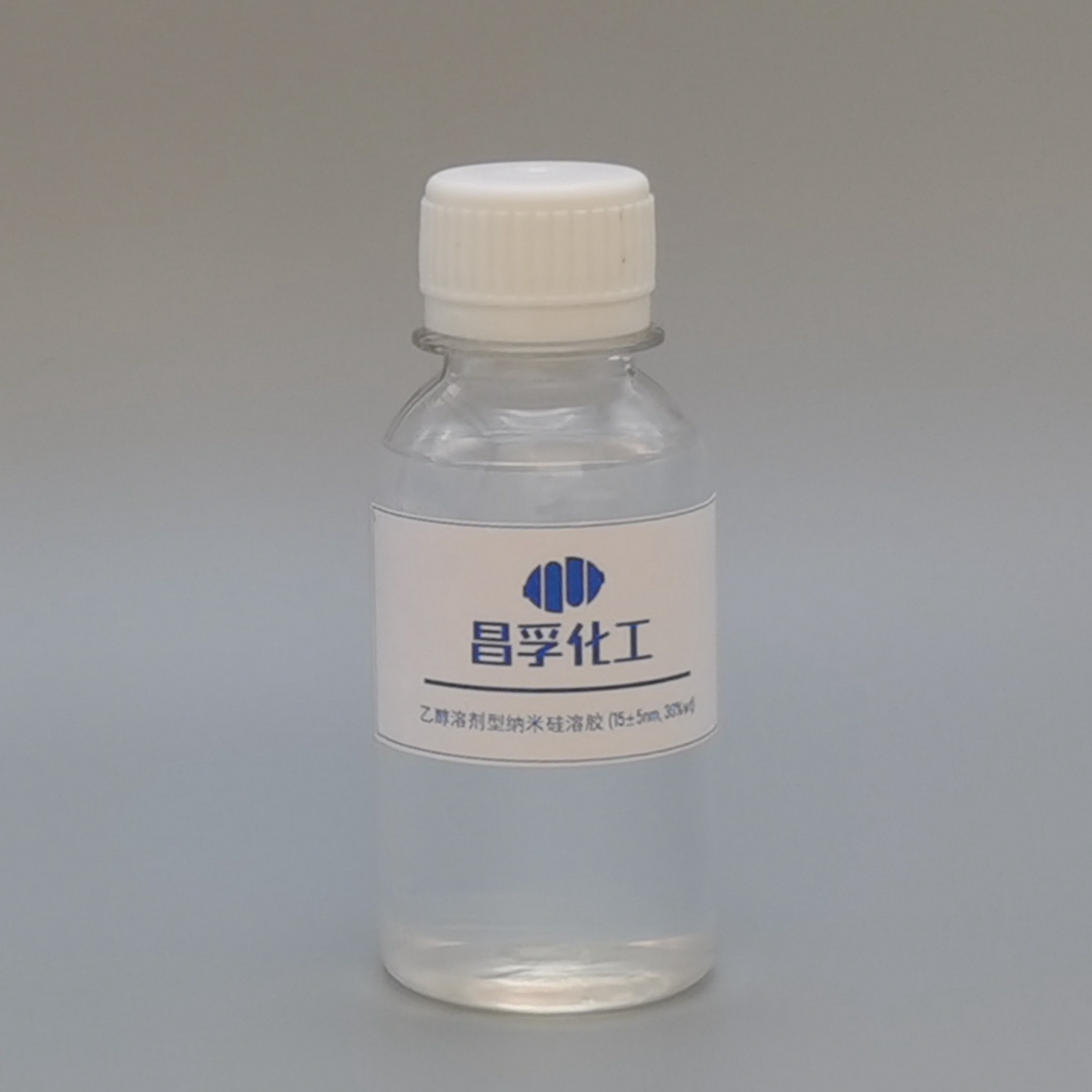
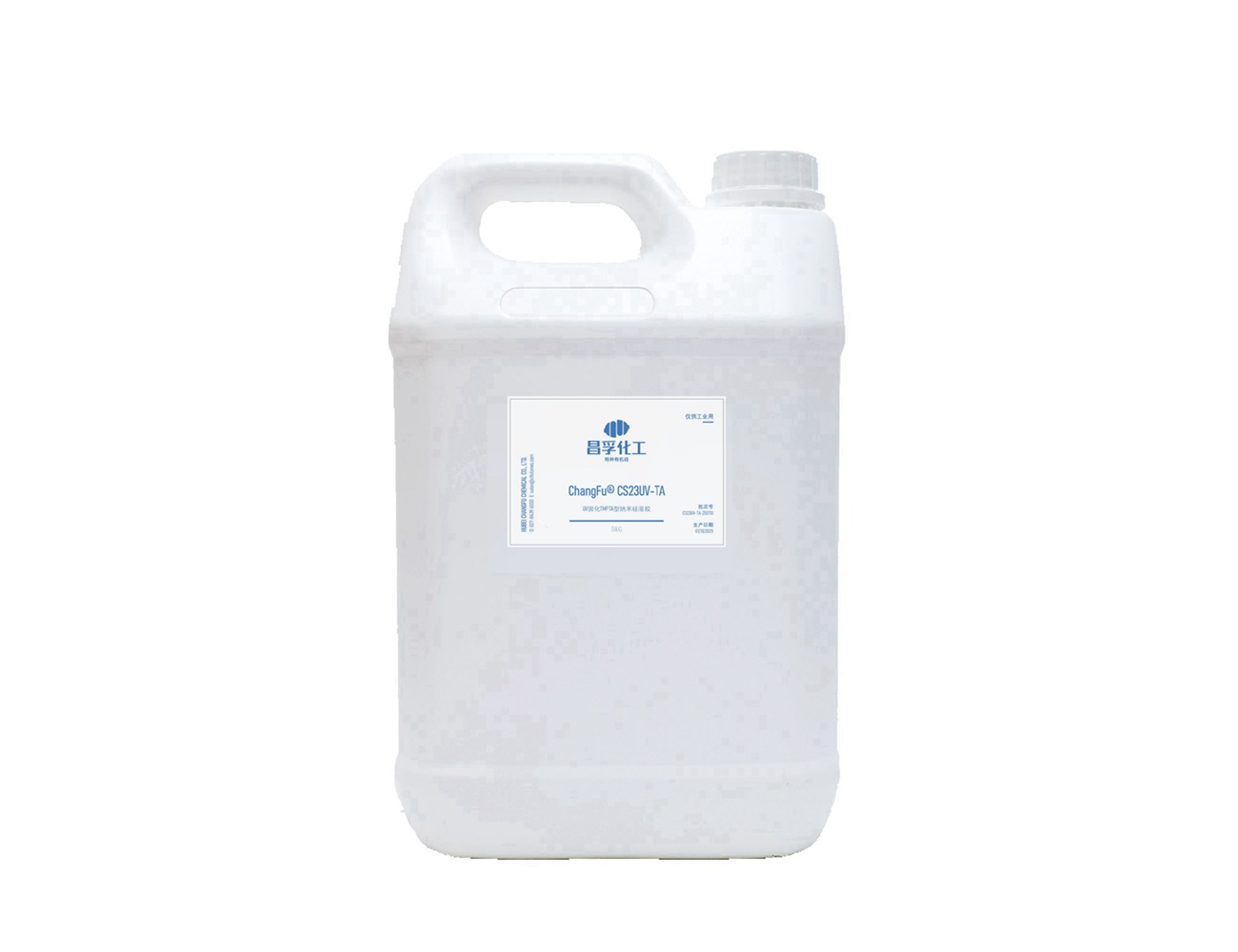
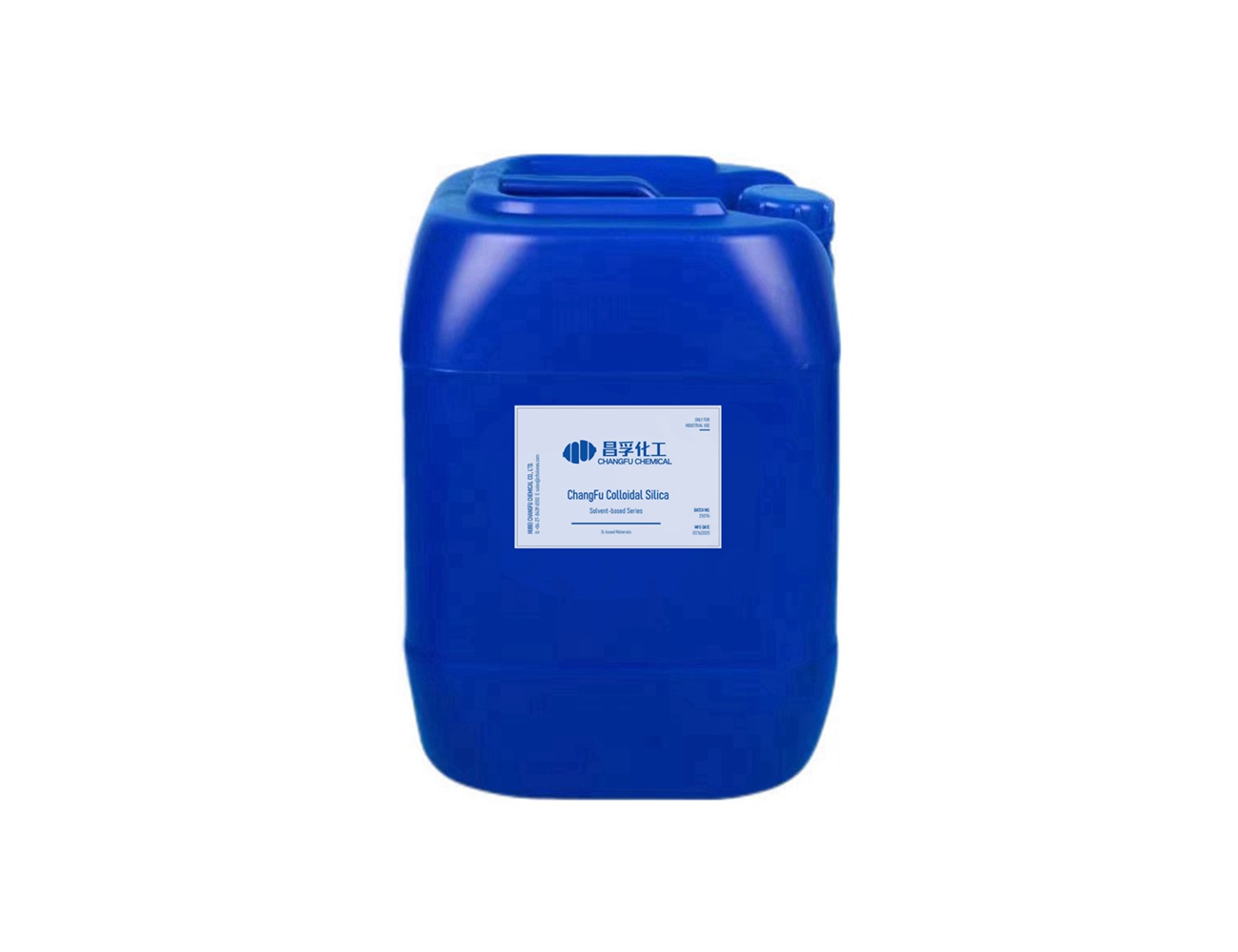


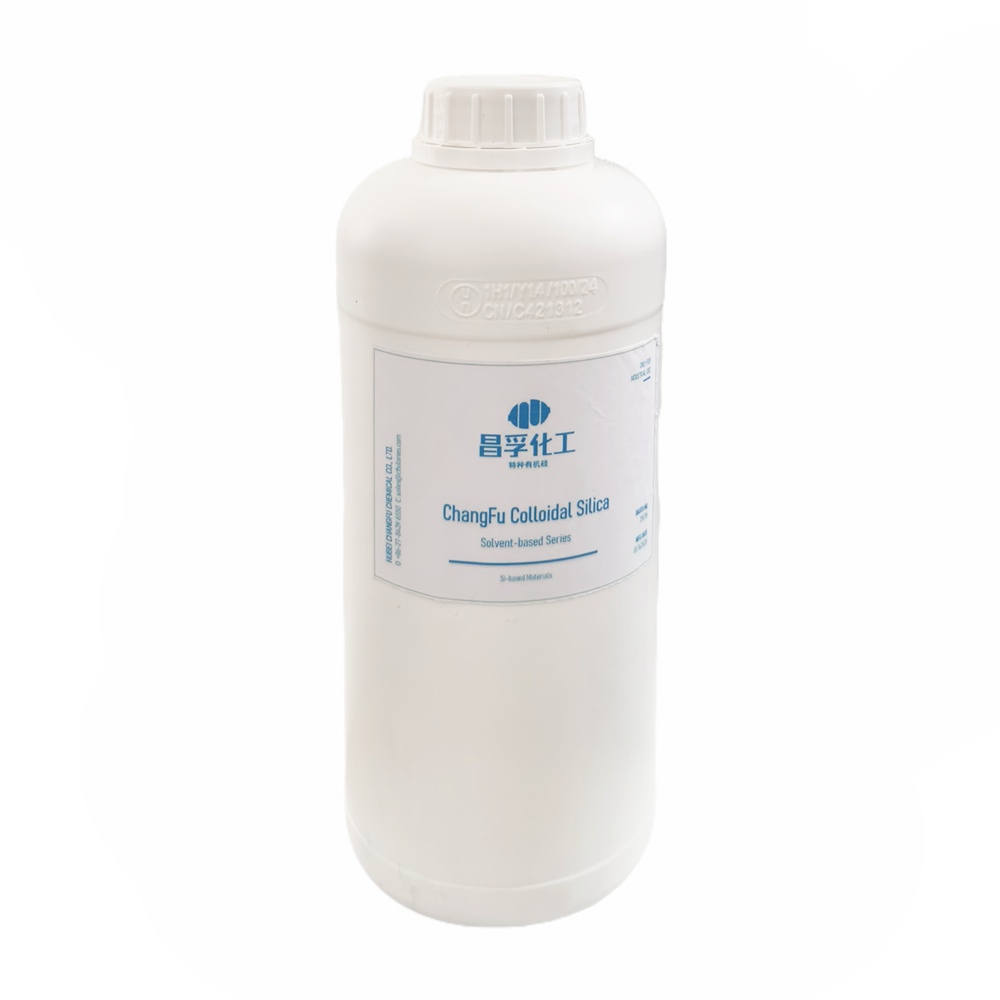


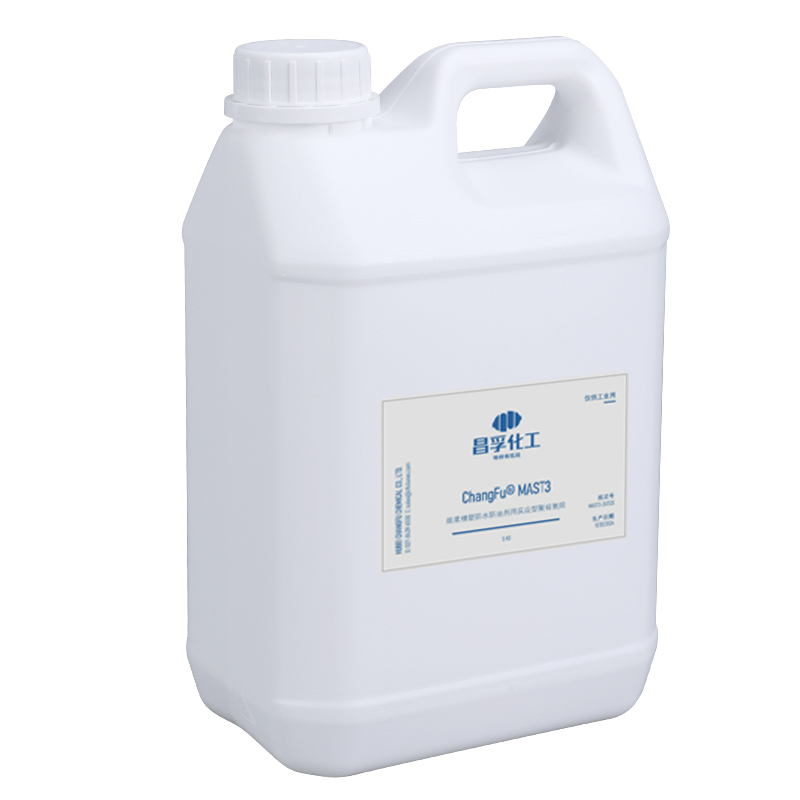












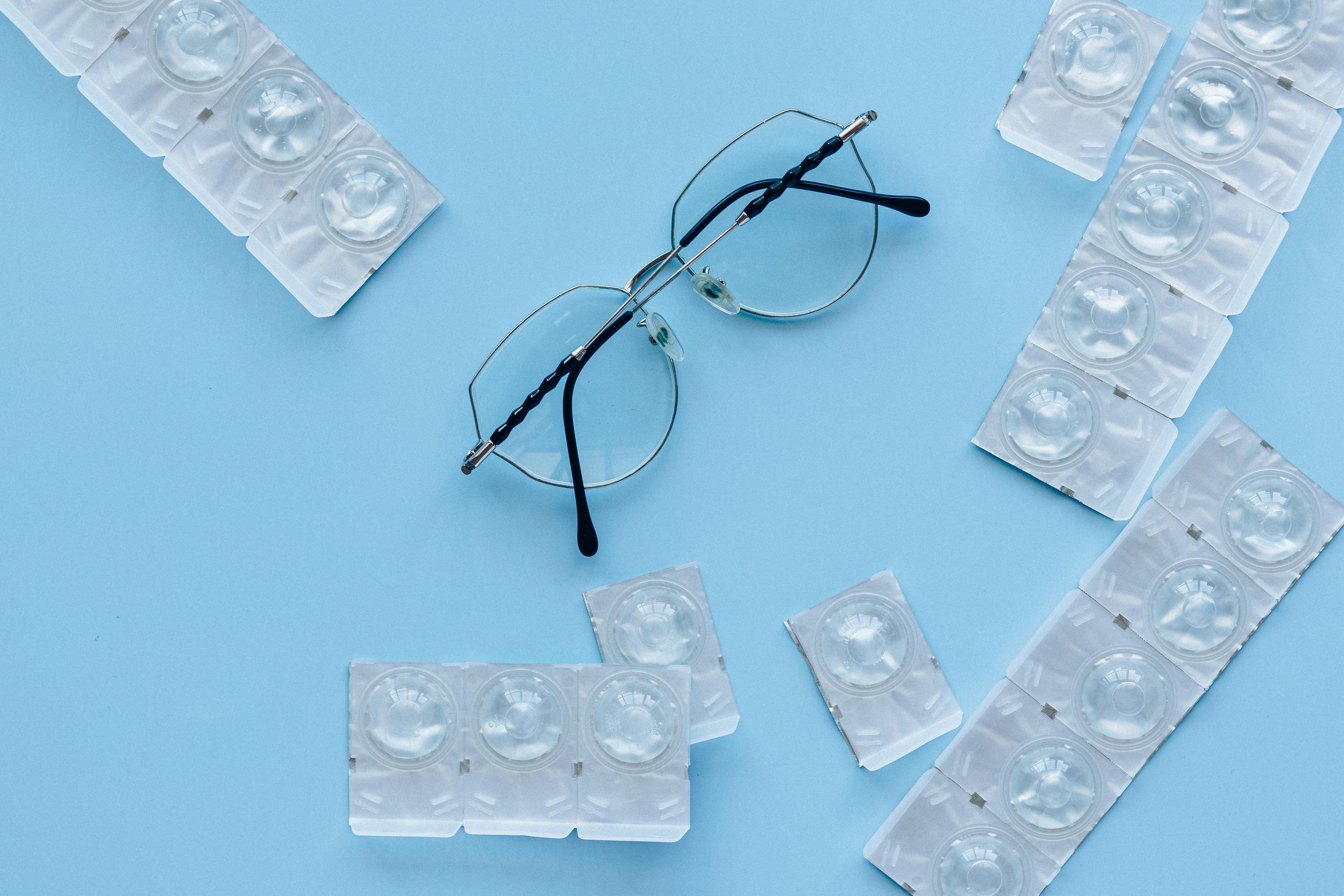
























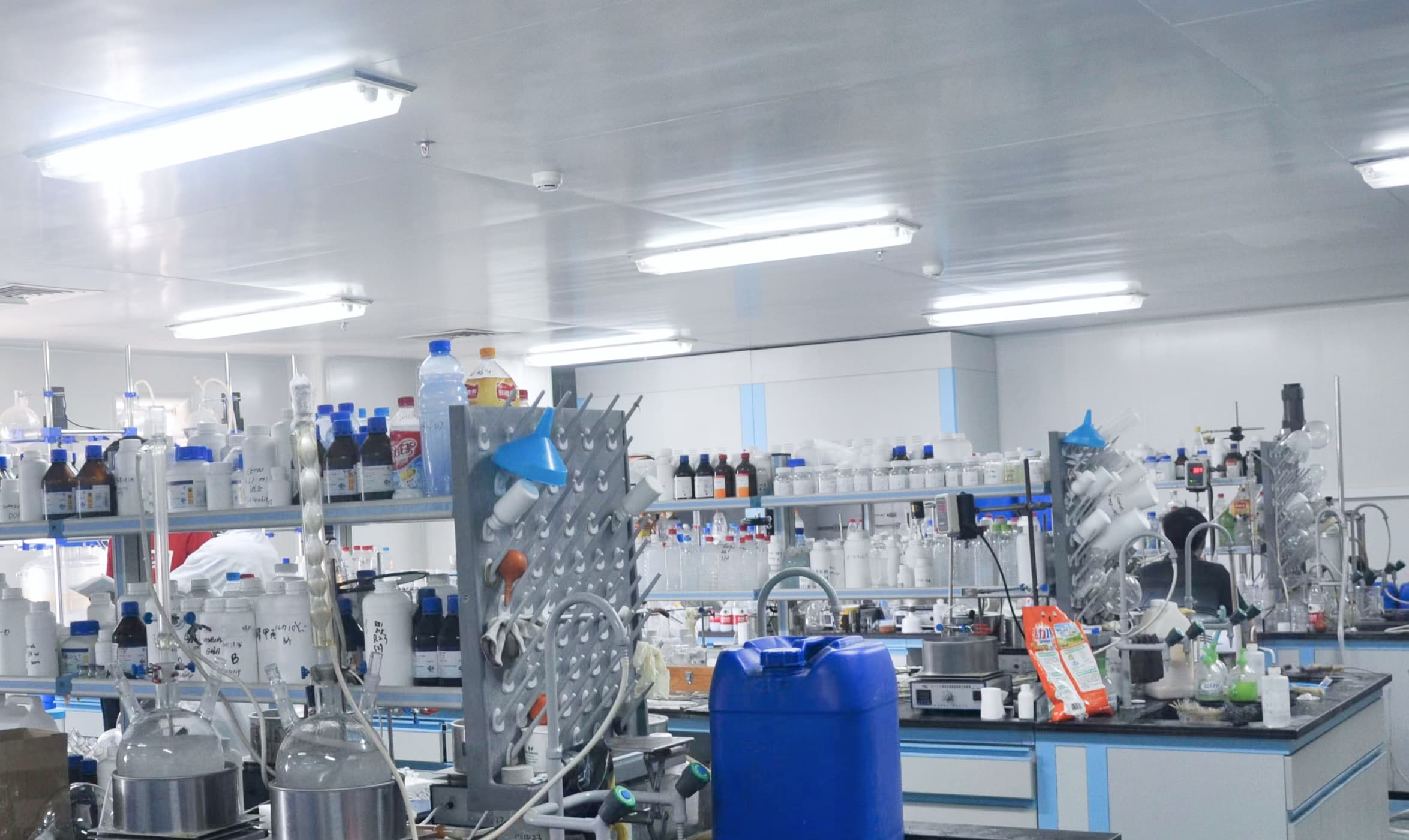

+86 27 8439 6550
+86 181 6277 0058
sales@cfsilanes.com
Optics Valley Bio-City
No. 666, Gaoxin Avenue
Hongshan District, Wuhan City

+86 27 8439 6550 | +86 181 6277 0058
sales@cfsilanes.com
Optics Valley Bio-City
No. 666, Gaoxin Avenue
Hongshan District, Wuhan City
Copyright © Hubei ChangFu Chemical Co., Ltd. All Rights




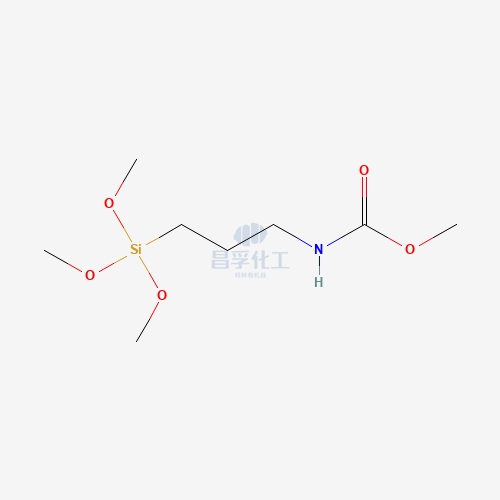
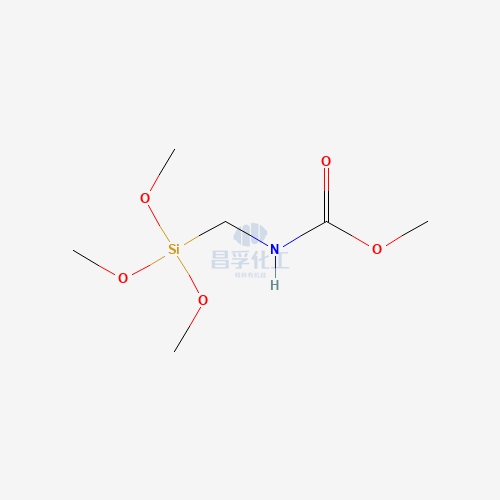
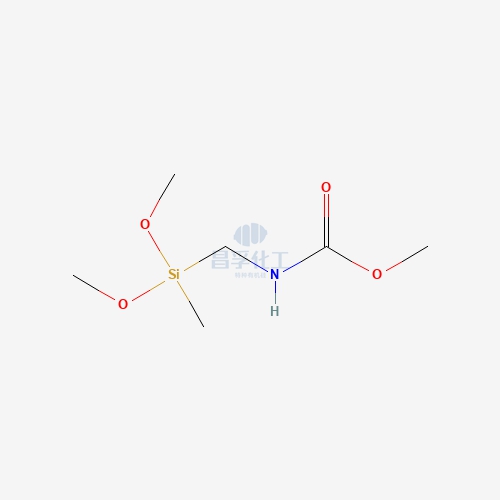
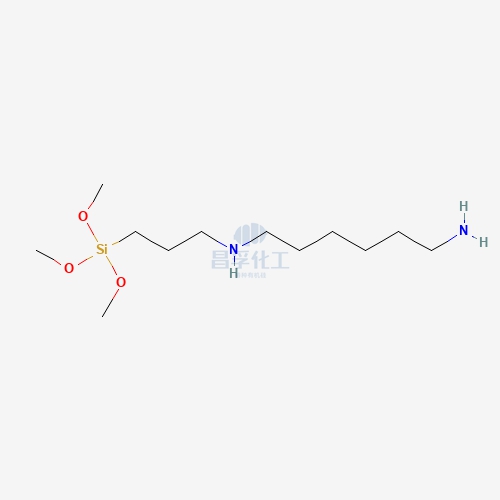
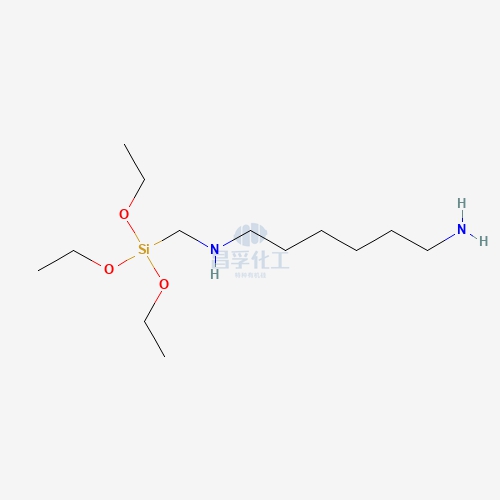
![N-[5-(Trimethoxysilylpropyl)-2-aza-1-oxopentyl]caprolactam CAS: 106996-32-1 106996 32 1 N-[5-(Trimethoxysilylpropyl)-2-aza-1-oxopentyl]caprolactam CAS: 106996-32-1 106996 32 1](https://cdn.yofishseo.com/1363882761272232/106996-32-1.jpg)
